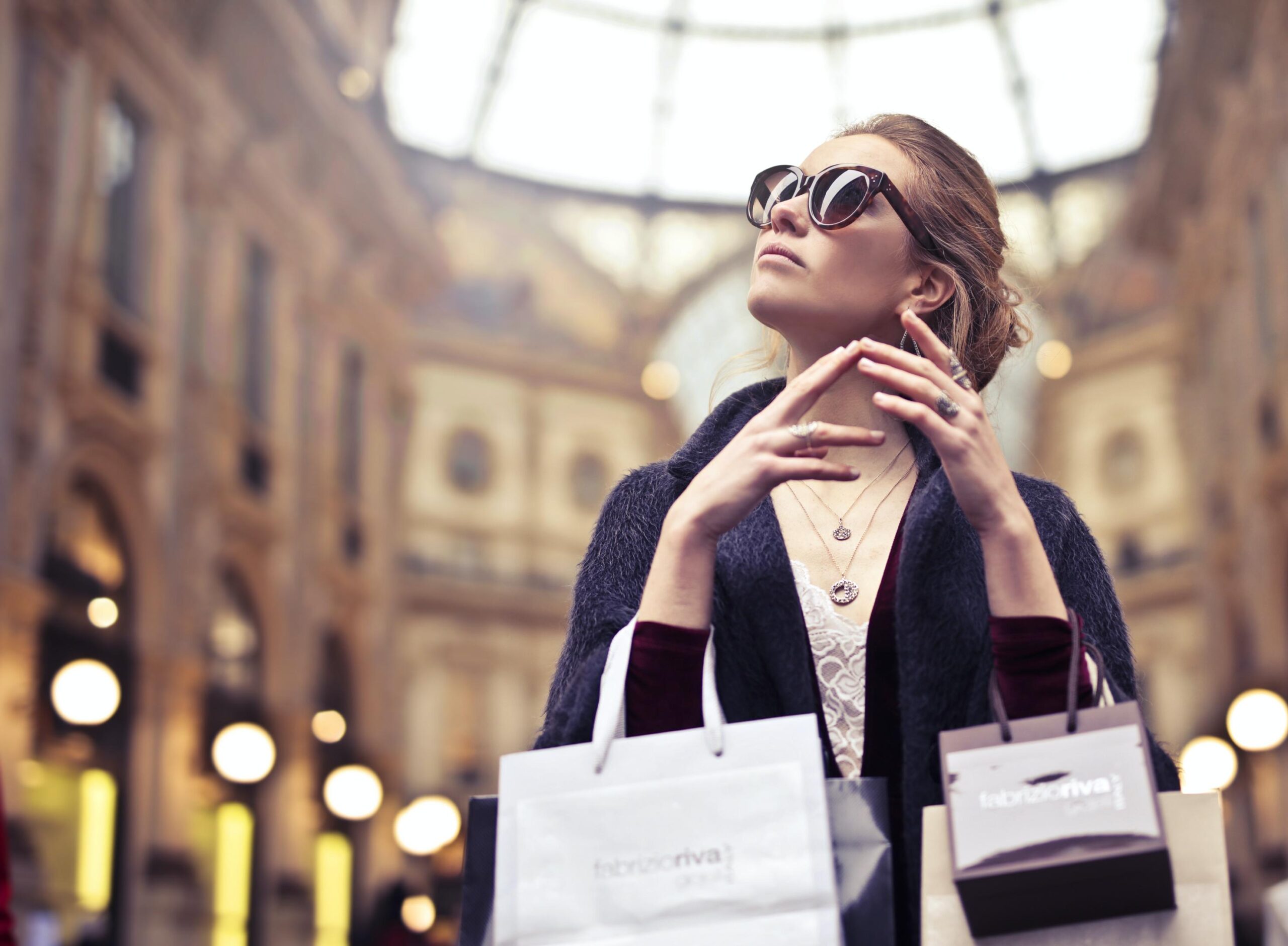
1. Artificial Intelligence (AI) and Machine Learning: AI is being used for personalized recommendations, virtual stylists, inventory management, trend forecasting, and customer service automation.
2. Augmented Reality (AR) and Virtual Reality (VR): These technologies are being used for virtual try-on experiences, virtual stores, and enhancing the overall shopping experience.
3. Internet of Things (IoT): Connected devices and wearable technology are being used to collect data on customer preferences, habits, and feedback, allowing for more personalized offerings and improved customer experience.
4. 3D Printing: 3D printers are being used to create prototypes, customized products, and even entire garments, reducing waste and allowing for on-demand production.
5. Blockchain: This technology is being used to improve transparency and traceability in the fashion supply chain, ensuring ethical sourcing and reducing counterfeiting.
6. Robotics and Automation: Robots are being used for tasks like picking and packing in warehouses, allowing for faster and more efficient order fulfillment.
7. Sustainable and Smart Textiles: Innovations in sustainable and eco-friendly materials, as well as smart textiles with built-in sensors and technology, are revolutionizing the fashion industry.
8. Mobile Commerce: With the rise of smartphones, mobile commerce has become a major trend, allowing customers to shop anytime and anywhere, leading to increased sales.
9. Data Analytics: Fashion retailers are utilizing data analytics to understand customer behavior, optimize pricing and promotions, streamline operations, and make data-driven decisions.
10. Social Media and Influencer Marketing: Social media platforms and influencer partnerships are crucial for brand visibility, customer engagement, and driving sales in the fashion industry.
